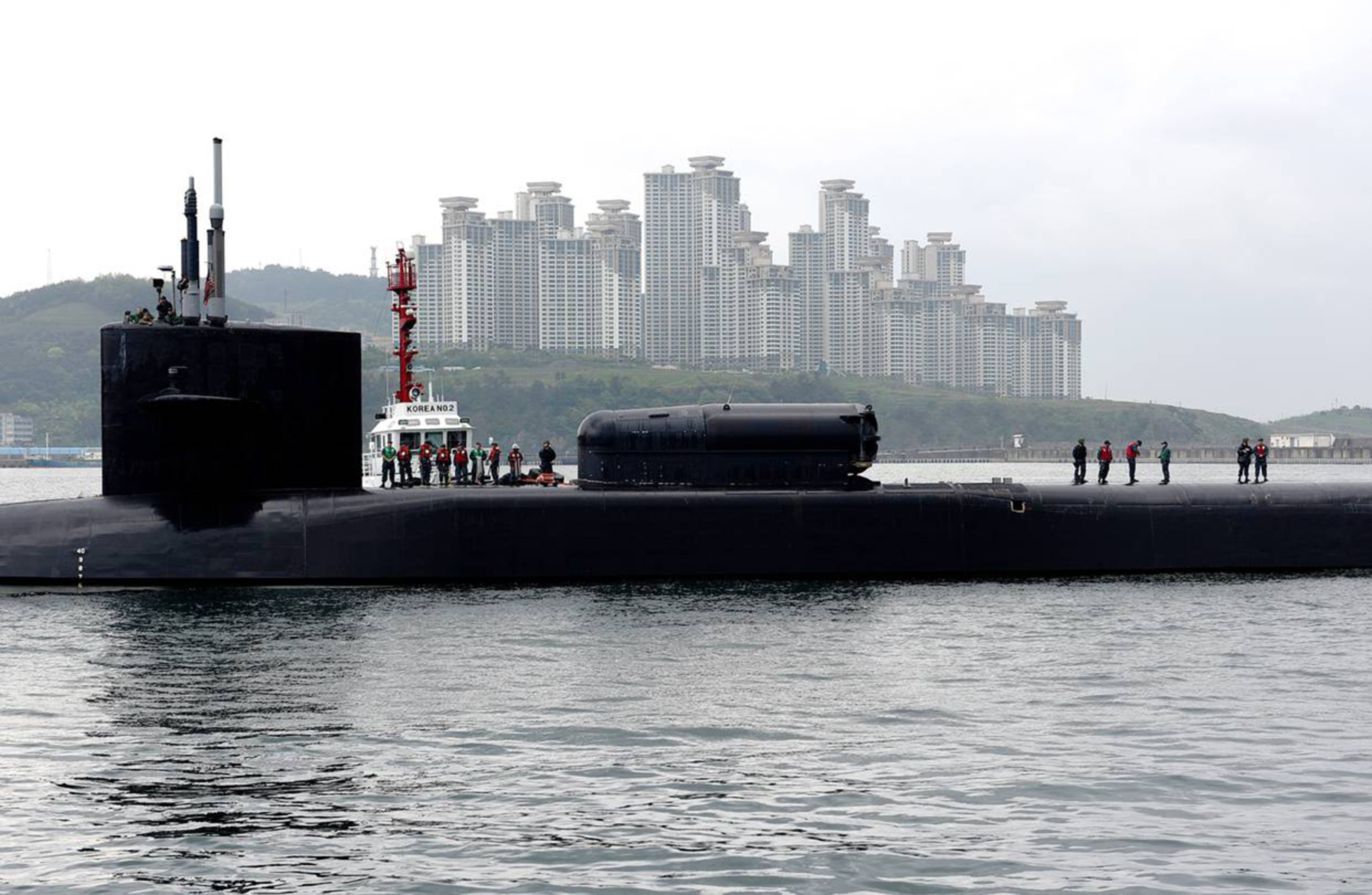Making war with Russia and china more likely, experts say
By John Haltiwanger
The Pentagon plans to build two new nuclear weapons to keep up with the modernizing arsenals of Russia and China, according to a comprehensive Department of Defense review on the US military’s nuclear capabilities, sparking heated debate about the strategy: Will it bolster the U.S. military’s ability to deter threats, or make a nuclear war more likely?
“While the United States has continued to reduce the number and salience of nuclear weapons, others, including Russia and China, have moved in the opposite direction,” an unclassified draft of the Pentagon’s Nuclear Posture Review (NPR) states. “The United States must be capable of developing and deploying new capabilities, if necessary, to deter, assure, achieve U.S. objectives if deterrence fails, and hedge against uncertainty.”
One of the proposed weapons is a “low-yield” nuclear weapon for the Trident missile, a powerful submarine-launched ballistic missile designed to destroy entire countries. The Trident, which is capable of carrying multiple re-entry bodies equipped with nuclear warheads, is currently being deployed aboard Ohio-class submarines. This could be available to the military within the next two years, according to experts.
The Pentagon is also looking to develop a new nuclear-tipped sea-launched cruise missile in the “longer term,” the report said. The Department of Defense contends that developing low-yield systems gives it more flexibility for responding to Russian threats and also increases the nuclear threshold the point at which countries use or would use nuclear weapons in a conflict.
“Expanding flexible US nuclear options now, to include low-yield options, is important for the preservation of credible deterrence against regional aggression,” the draft of the NPR states. “To be clear, this is not intended to enable, nor does it enable, ‘nuclear war-fighting.'” The draft said this would make the deployment of nuclear weapons “less likely.”
In essence, the Pentagon is concerned its current nuclear weapons are too big and powerful to actually use, and that Russia and the rest of the world know it. This is why it wants smaller, less powerful nuclear weapons, which could scare US foes who believe those explosives are more likely to be used.
Critics of the plan contend it has contradictory goals by aiming to increase nuclear first-use options for deterrence while also endorsing ambiguity as a nuclear strategy. Jon Wolfsthal, who served as a senior official for arms control on President Barack Obama’s National Security Council, described the NPR as a “schizophrenic document.” “At the core of the strategy in this NPR are two elements: First is deter countries that are threatening to use nuclear weapons against the US, such as Russia and North Korea. That’s not really the problem,” Wolfsthal told Newsweek.
“The second thing at the core is a desire to achieve to deterrence by making America’s threat to use nuclear weapons first more credible.” This lowers the nuclear threshold in the US, Wolfsthal said, by giving the Pentagon “more options to use nuclear weapons that wouldn’t be as devastating, which in some ways makes them more tempting” to use.
The NPR “definitely makes the nuclear risks greater,” Wofsthal contended. The plan increases “the risk of nuclear first-use and increasing the cost and consequences of a nuclear arms race with Russia,” he said.
According to Wolfsthal, the US is already set for deterrence and should spend more time enhancing its cyber and conventional (non-nuclear) capabilities as opposed to dedicating an estimated $1.2 trillion to modernizing nuclear weapons. He acknowledged the Kremlin doesn’t play by the rules and must be challenged, but said the solution to that is building “strong alliances, increasing conventional capabilities and a sound economy that can fund our military when threats come up.” President Donald Trump is making this more difficult, Wolfstahl stated, with behavior that alienates the US from its allies.
But Robert Einhorn, an expert in nuclear nonproliferation and arms control at Brookings Institution, said fears about nuclear war becoming more likely are “overstated.” “US leaders appreciate there’s a huge, qualitative difference between conventional and nuclear weapons and would only resort to the latter in extreme circumstances,” he told Newsweek. Einhorn played a significant role in formulating US policy toward Iran’s nuclear program while advising the Obama administration on nonproliferation and arms control.
Robert Joseph, a senior national security official in the George W. Bush administration, was supportive of the plan in comments to The Wall Street Journal, stating it is all about “making weapons more usable” and “strengthening deterrence so that nuclear weapons are not used in the first place.”
The unclassified draft of the NPR, published by The Huffington Post last week, of January 2017 was described by the Pentagon as “pre-decisional.” A final draft is reportedly set to be published in February and the recommendations it includes will need to be approved by the president. Trump ordered the review after entering the White House, the first time since 2010 that a commander-in-chief has done so. The US has the second largest arsenal in the world after Russia, with roughly 6,800 nuclear warheads. But the US military is still viewed as second to none in overall military capabilities. A 2017 assessment of the world’s militaries from Global Firepower Index placed the US at number one and Russia in second.
Despite its apparent advantages over Russia and efforts from previous administrations to back off from nuclear weapons, Trump seems to determined to enhance America’s arsenal as Russia and China modernize and North Korea makes advances in nuclear technology.


